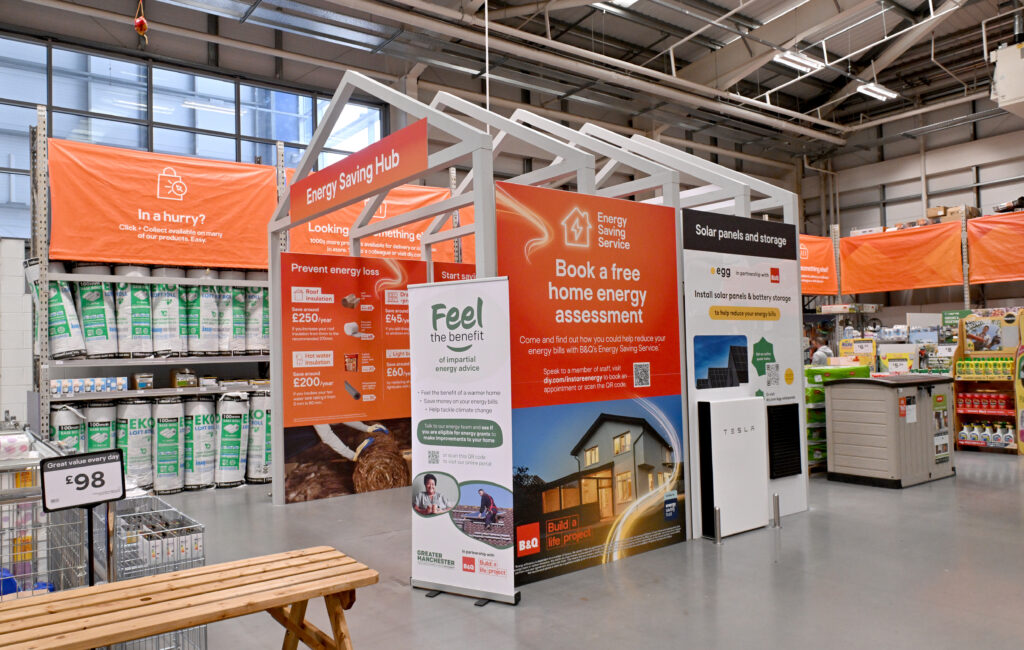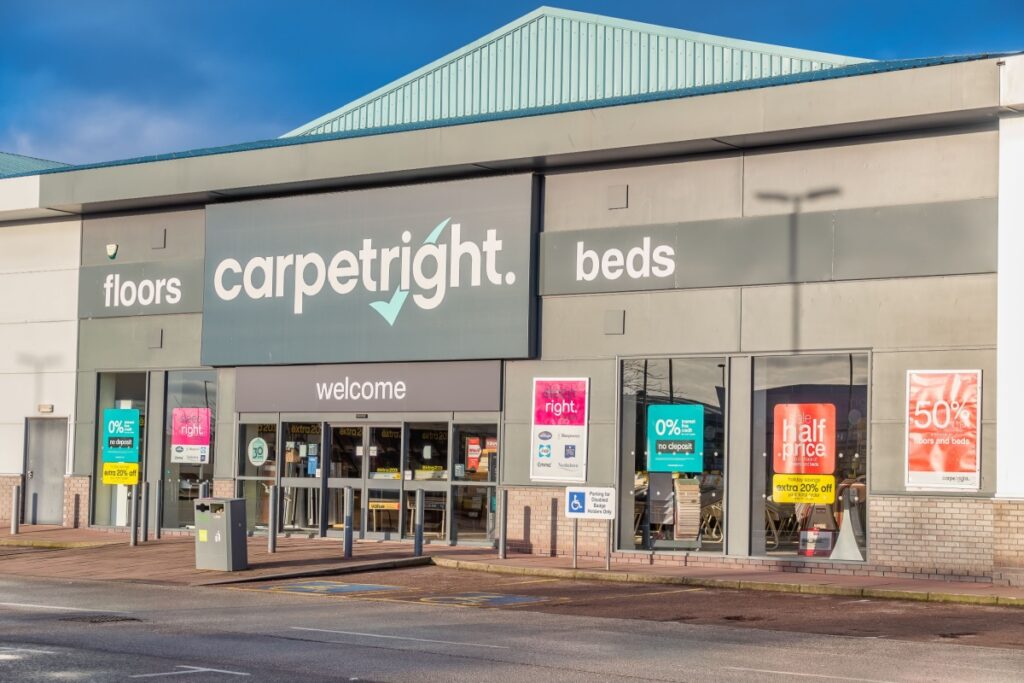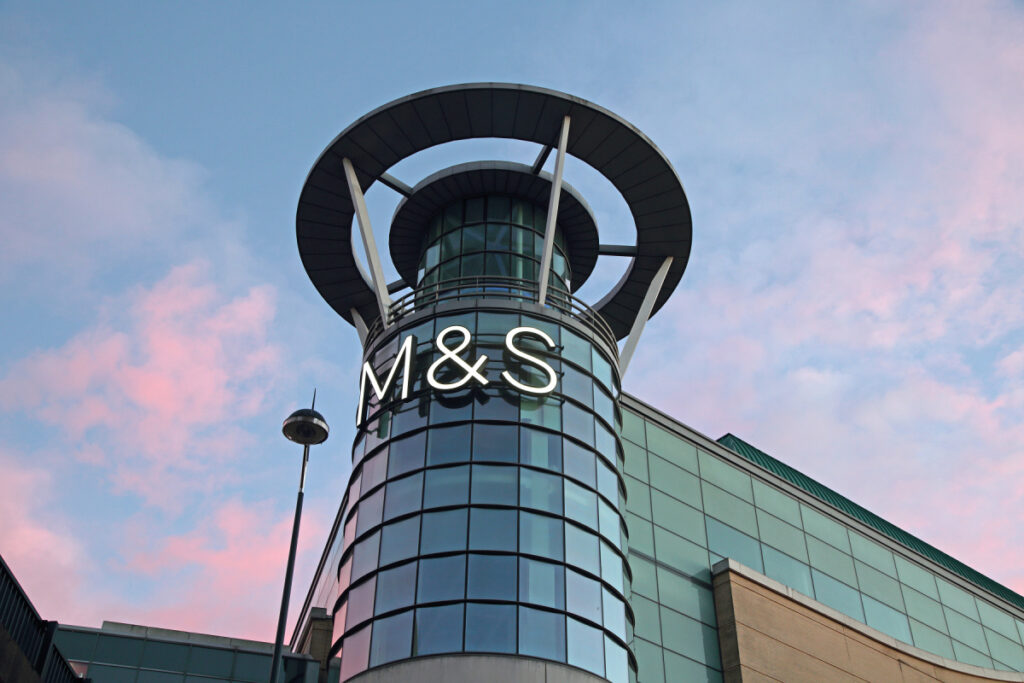There is a shopping centre boom taking place across the UK, with new research from global real estate adviser DTZ stating investment transactions reached £2.7bn during the first three quarters of 2013, more than in the whole of 2012.
One of the instigators of this development and a beneficiary of it is the Australian retail giant Westfield. Despite opening up Westfield London in a global recession back in 2008, sales at the shopping centre have grown by over 40 per cent and footfall by more than 20 per cent in the past five years. Two years after Westfield‘s Stratford City opened it has notched up annual retail sales of over £940m and proudly tells of its 99 per cent shop occupancy rate.
With Kidzania, Cath Kidston, Fat Face, Clarks, Bobbi Brown and Molton Brown becoming the latest brands to join Westfield London this autumn, adding to the recognisable retail names of Top Shop, Zara and Longchamp, the group is in good stead to continue its impressive progress.
A part of this vast growth is the focused and thorough Director of Operations, Bill Giouroukos. Following nine years in various marketing, leasing and management positions, he kicked off his Westfield career in 1994 and oversaw Management, Marketing and Specialty Leasing across the Australian and New Zealand real estate portfolios throughout the nineties. From 2002 he was involved in establishing the company‘s Chicago office that oversaw the Midwest and East Coast of the US portfolio.
With the shopping centre group tying up a £1bn joint venture partnership with real estate firm Hammerson in January this year, Croydon is next on its to-do list. Speaking to Retail Gazette at the annual British Council of Shopping Centres (BCSC) conference in West London, Giouroukos explains future plans, why Stratford is such an exciting place to be and how the new mega-mall in Croydon could differ to its British counterparts.
“The Croydon development is going well, he says. “We‘re just working out the plans that are the most relevant to the marketplace. We‘re in the early stages of it but we‘re very keen and positive on it.”
Westfield can divide opinion with consumers, some, especially young people love its convenience, cleanliness, entertainment offerings and huge range of shops but others complain about the lack of air inside and overcrowding that can occur on busier days. Will the proposed Croydon store be different to Westfield London and Stratford City?
“Every centre is different. Croydon will be different to Stratford City and Westfield London and we have about 200 retailers who work across both. A great example is Apple who houses two flag ship stores at Stratford City and London. There will be elements that will be new and exciting and there will be areas which are new and innovative that none of the other two have because life has moved on again. These are things we are working through with Hammerson all the time.”
‘Pop-up shops‘ is a buzzword of 2013, and with Philips recently producing a memorable example in London‘s Brick Lane, which boosted footfall and increased shopper engagement in one weekend, it doesn‘t look like the pop-up trend will leave us just yet.
“Our best pop up experience was during the London Olympics in the street at Stratford City with Mini who did a phenomenal job, he says. “They had a car, merchandise, technology, information about the legacy and the story of the brand and you could tailor your own car in the back so it was a really terrific opportunity to try pop up. The days of old with pop-up‘s being very dingy are long gone – now they can be extremely sophisticated.”
With shopping centre investment soaring in the UK and with 836 shopping centres now in the UK according to the BCSC, there is an awful lot at stake when choosing the right site. As Bill says, the process of resear
RELATED STORIES

















